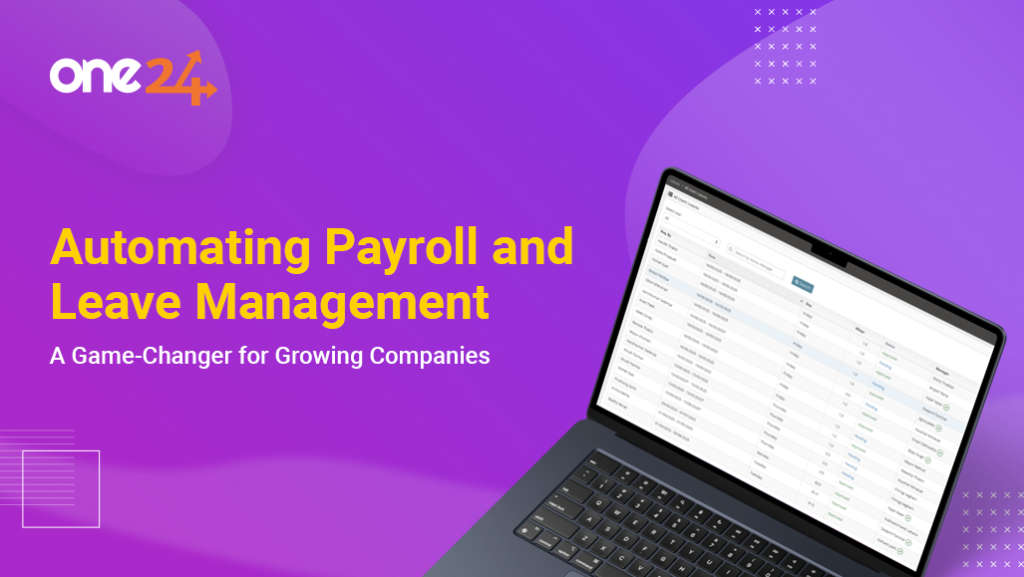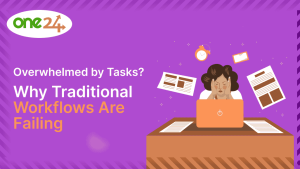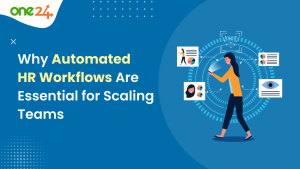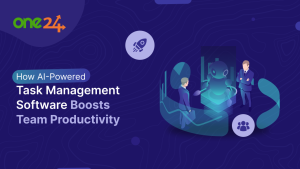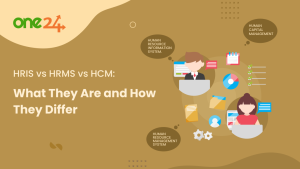Success in the modern-day busy business world hinges on efficiency and accuracy. Manually processing leave and payroll could be wasteful, time-consuming, and full of errors for growing businesses. Besides lowering administrative burdens, automated leave and payroll management enhances compliance, increases worker satisfaction, and allows HR departments to focus on high-priority projects.
The principal benefits of automation, optimal practices, and the way implementing automation in leave and payroll handling can transform the functioning of an HR department are all discussed herein.
The Challenges of Manual Payroll and Leave Management
Many businesses handled payroll and leave tracking using spreadsheets, paper-based systems, or antiquated software prior to automation. These manual methods come with several challenges:
1. Human Errors and Inaccuracies
Errors are more likely to occur when data is entered by hand, and inaccurate calculations of salaries, tax deductions, or leave balances can result in disparities in income and unhappy workers.
2. Time-Consuming Processes
Payroll calculations, leave request approval, and labour law compliance take up too many hours for HR teams. Strategies for business expansion and talent development would be more beneficial uses of this time.
3. Compliance Risks
Laws pertaining to taxes, labour, and leave are constantly changing. The difficulty of updating manual systems increases the risk of non-compliance and potential legal consequences.
4. Lack of Transparency
Employee confusion and frequent HR enquiries result from the inability of employees to track their pay stubs or leave balances when manual systems are used.
5. Scalability Issues
As companies grow, manual processes become unsustainable. Handling payroll and leave for hundreds or thousands of employees manually is impractical and inefficient.
How Automation Transforms Payroll and Leave Management
By incorporating cutting-edge software solutions that manage computations, approvals, and compliance with ease, automated payroll and leave management systems simplify HR operations.
1. Accurate and Timely Payroll Processing
Automated payroll systems:
– Calculate salaries, taxes, bonuses, and deductions accurately.
– Integrate with attendance and leave data to ensure correct payments.
– Generate payslips and tax forms automatically.
– Comply with regional and national tax regulations.
2. Efficient Leave Management
Automated leave management systems:
– Allow employees to request leave via self-service portals.
– Automatically update leave balances based on company policies.
– Send notifications to managers for approvals.
– Integrate with payroll to adjust salaries for unpaid leave or overtime.
3.Enhanced Compliance
Automated systems lower compliance risks by staying current with the most recent tax and labour laws. They guarantee compliance with government regulations and business policies and produce the reports required for audits.
4. Improved Employee Experience
Self-service portals empower employees to:
– View their payslips, tax deductions, and leave balances in real-time.
– Submit leave requests and track approvals without HR intervention.
– Access historical payroll and leave data effortlessly.
5. Cost and Time Savings
By reducing manual work, automation:
– Lowers administrative costs.
– Minimizes payroll errors and associated penalties.
– Frees HR teams to focus on strategic tasks like employee engagement and retention.
6. Scalability for Growth
Cloud-based payroll and leave management systems can readily expand to handle additional employees, locations, and legal requirements as businesses expand without requiring additional funding.

Key Features to Look for in an Automated System
When selecting a payroll and leave management solution, consider the following features:
1. Integration Capabilities
The system should integrate with:
– Accounting software (e.g., QuickBooks, Xero).
– HR management systems (e.g., BambooHR, Workday).
– Time and attendance tracking tools.
2. Cloud-Based Accessibility
A cloud-based system ensures:
– Remote access for HR and employees.
– Real-time updates and data security.
– Automatic software updates.
3. Customizable Policies
The software should allow customization for:
– Different leave types (sick leave, vacation, maternity/paternity leave).
– Company-specific payroll rules (bonuses, deductions, overtime).
4. Reporting and Analytics
Advanced reporting helps in:
– Tracking payroll expenses.
– Analyzing leave trends.
– Ensuring compliance through audit trails.
5. Mobile-Friendly Interface
A mobile app or responsive design enables employees and managers to access the system on the go.
Best Practices for Implementing Automation
To ensure a smooth transition to automated payroll and leave management, follow these best practices:
1. Assess Your Current Processes
Identify pain points in your existing payroll and leave systems to determine what features you need in an automated solution.
2. Choose the Right Software
Select a system that aligns with your company size, industry, and compliance requirements. Consider user reviews, vendor support, and scalability.
3. Train Your Team
Employees and HR personnel should receive training to guarantee they are proficient in using the new system.
4. Migrate Data Securely
Without jeopardising employee data, make sure the data transfer from legacy systems to the new platform goes smoothly.
5. Monitor and Optimize
After implementation, gather feedback and adjust settings to improve efficiency further.
Conclusion
Automation of payrolls and leaves is now necessary for growing enterprises, not something to be aspired to. Automation prevents errors, reduces clerical workloads, and assures compliance, enabling your resources to grow the enterprise in more high-value ways.
Getting the right system automated is a lifesaver for new-age businesses as it not just enhances HR efficiency but also satisfies employees.
Is your business prepared to adopt automation? Contact us, Now is the moment.

